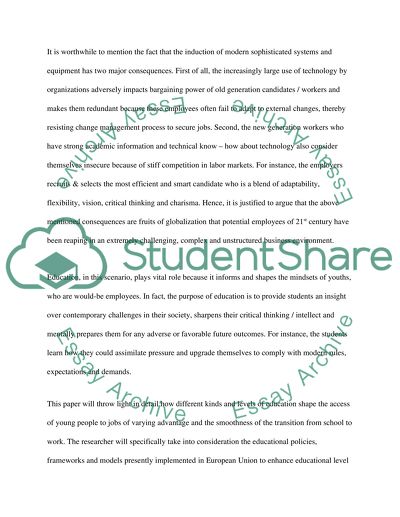Cite this document
(“Education and youth integration into European labour markets the case Study”, n.d.)
Retrieved from https://studentshare.org/education/1405439-education-and-youth-integration-into-european-labour-markets-the-case-of-balkan-countries
Retrieved from https://studentshare.org/education/1405439-education-and-youth-integration-into-european-labour-markets-the-case-of-balkan-countries
(Education and Youth Integration into European Labour Markets the Case Study)
https://studentshare.org/education/1405439-education-and-youth-integration-into-european-labour-markets-the-case-of-balkan-countries.
https://studentshare.org/education/1405439-education-and-youth-integration-into-european-labour-markets-the-case-of-balkan-countries.
“Education and Youth Integration into European Labour Markets the Case Study”, n.d. https://studentshare.org/education/1405439-education-and-youth-integration-into-european-labour-markets-the-case-of-balkan-countries.


